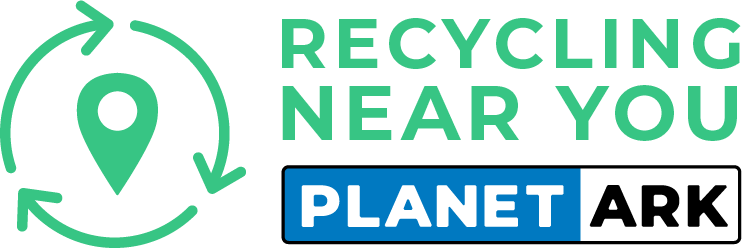Power tools are a form of e-waste, which is growing international problem. Recycling power tools enables the recovery of various metals and plastics and helps prevent toxic heavy metals from leaching into the environment where they may contaminate aquatic ecosystems.
Everything you need to know about recycling power tools
Recycling Power Tools includes:
Drills
Grinders
Sanders
Table saws
Nail guns
Paint sprayers
Chainsaws
Hammer drills
Miter saws
Electric planers
FIND A RECYCLER
Learn more about recycling power tools
How to recycle power tools
Currently, Australia doesn’t have a national recycling scheme for electrical products, however, many commercial e-waste recyclers will accept power tools and their peripherals such as chargers and batteries.
-
Use the directory on this page to find a recycler near you. Call the recycler in advance to check if they will accept the products you want to recycle.
-
Check with the manufacturer of the product to see if they have a take-back service. If you are not able to find a recycler, contact your waste management service to see if the power tool can be put in the general waste bin. Some states and territories in Australia have landfill bans on e-waste.
-
If the power tool contains a battery, it should not be put in recycling or garbage bins as they are a fire hazard. If you can remove the battery, you can recycle it separately. Find a battery recycler.
Why recycle
Power tools, both rechargeable and plug-in varieties, are classified as e-waste (electrical waste), which is the fastest growing waste stream in Australia. Recycling power tools enables the recovery of various metals and plastics and helps prevent toxic heavy metals from leaching into the environment via landfills.
A typical power tool contains a range of materials including iron, steel, aluminium, copper and various plastics, which can all be recycled. Sending power tools to landfill contributes to environmental problems such as the non-sustainable use of resources and the contamination of groundwater caused by toxic metals leaching into the soil.
Power tools that contain rechargeable batteries are particularly dangerous, as the batteries contain highly toxic metals such as nickel and cadmium. These batteries are classified as hazardous waste and should always be removed from the power tool and recycled separately. Some recyclers will accept both the power tool and the battery, however, if they do not accept batteries, they can be recycled separately.
What happens to them
E-waste recyclers disassemble power tools so that recyclable materials can be recovered and sorted. If there are problems identifying and separating materials into specific types, the complete tool is shredded by more conventional methods and only metals are recovered. This can be a problem with older tools where materials have not been coded or identified. The nickel cadmium batteries are sent to an approved recycling facility where the nickel, steel and cadmium are recovered. The recovered metals are made into other products, while the cadmium can be returned to battery manufacturers to create a fully closed loop recycling system.







